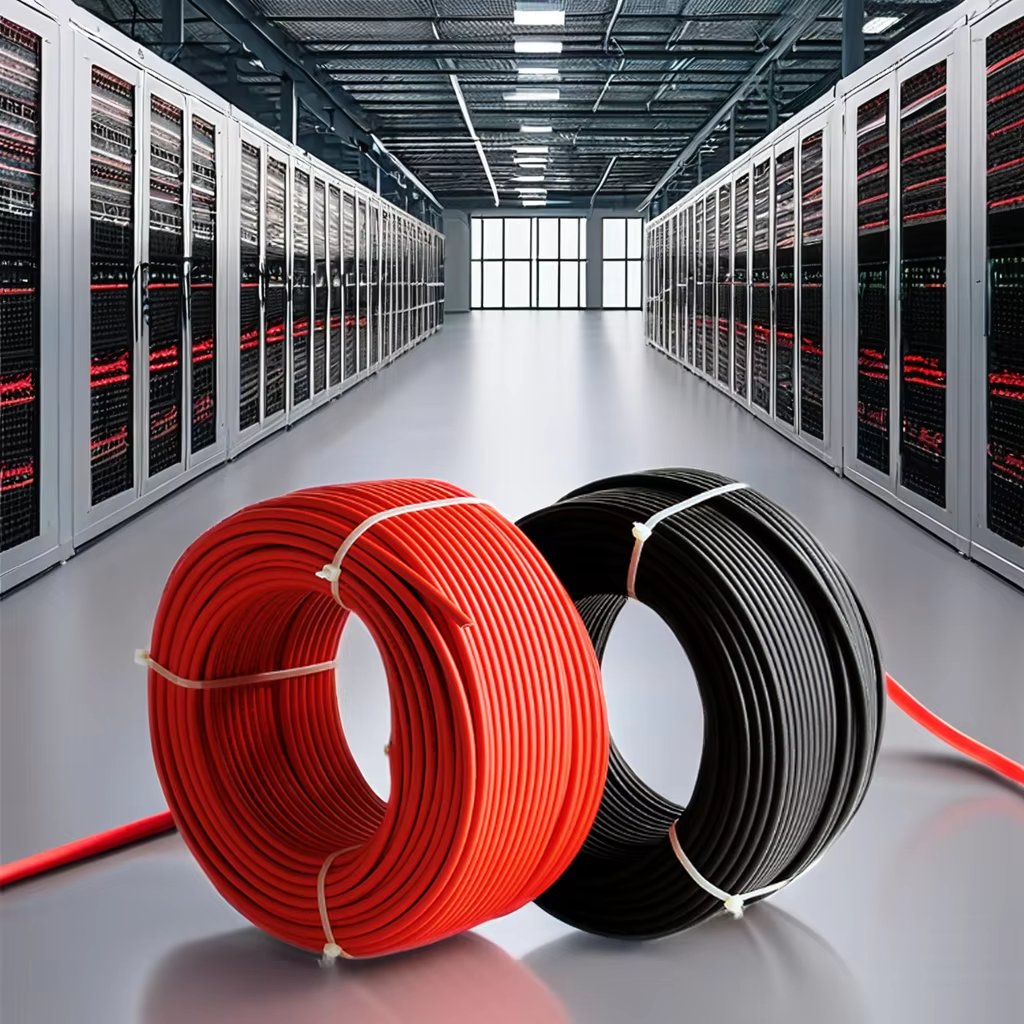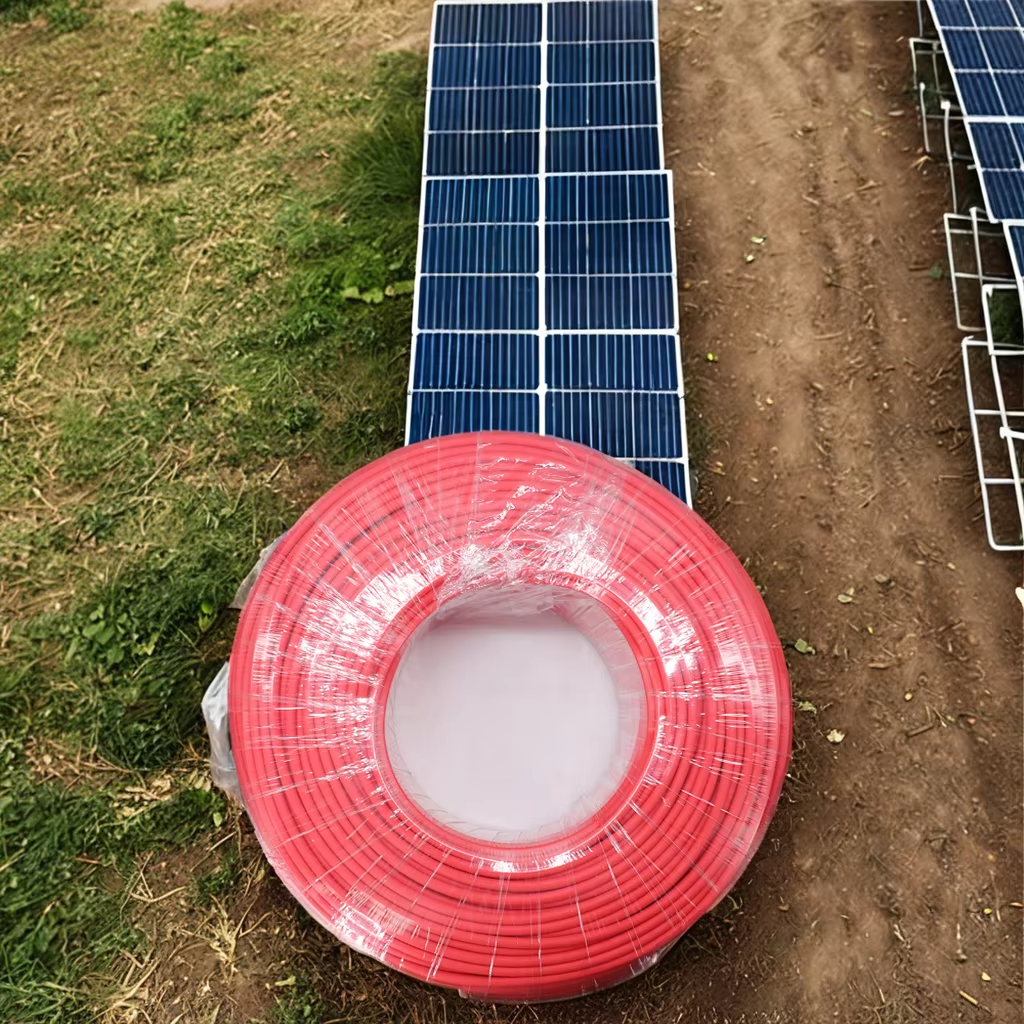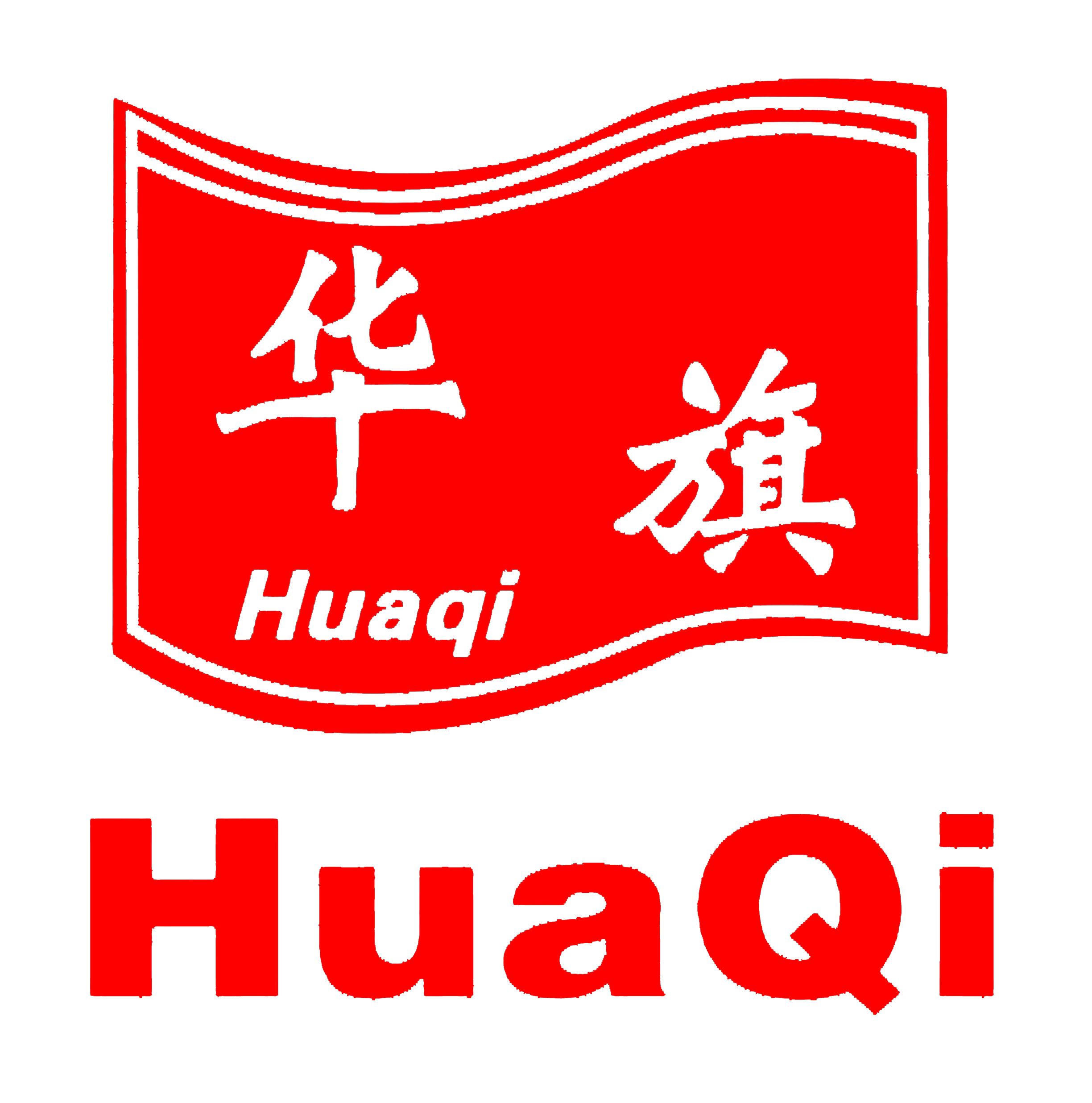Every component of a solar installation must ensure effectiveness over the long term, and the system’s PV cables are no exception. PV cables, like the other components of the installation, have a lifetime of a quarter of a century, and up to three. In other words, the installation’s effectiveness over the years is contingent on the durability of its constituent parts, including the cabling that connects solar panels to inverters and other storage equipment associated with the installation. An industry review of PV cables reflects the concern of its connectors and behavior over cables to the PV panels, in contrast to the electrical cables, and how these cables address outdoor exposure over long periods of time: the cables maintaining stability of electrical conductivity throughout the decades, cables adhering to the critical PVC safety standards of being compliant with outdoor electrical working environments, safety standards of cables able to wire a solar panel over 30 years, and safety standards that guarantee cables minimalined and sued.

Cables exposed outside PV installations endure dramatic and fast changing weather conditions. Monsoonal conditions with blazing sunshine and heat, pelting rain, and fierce winds. Extreme hot and cold, desert and tundra. Blazing and freezing. PV cables are highly specialized and able to withstand the changes electrical cables would snap, overheat, and get gauge shows.
The stress from various outdoor conditions doesn’t compromise PV cable functioning as part of a solar system over its entire lifespan, thus preventing replacements that disrupt uninterrupted energy production.
The long term value of solar installations relies on uninterrupted energy output. Over the years, PV cables with with aluminum and copper wires conductors resistant, ensuring stable transmission of energy, thus losing none of it. PV cables, unlike other cables, do not corrode, moisture resistant, or dusty, and thus, their efficiency, even after 20 or 30 years, is unrivaled. A residential solar system with properly functioning PV cables will continue to supply power to the homes, unlike poorly functioning systems that result in diminished power output, degrading the owner's investment.
Absence of risk is the core of value of solar installations. It PV cables, unlike other cables, do comply with global safety standards such as TUV, UL, and IEC.These standards require that PV cables possess flame retardant qualities, meaning that they will not easily catch a fire and, if a fire occurs, they will restrain the growth of flames and the emission of toxic smoke. Their insulation also has withstanding enough resistance in leakage circuitry to prevent shocks and component damages. For instance, within a short circuit case, a quality PV cable’s insulation will perform and will not bring about dangerous electrical arcs capable of igniting the neighboring surround materials. In the case of Safety Standards, it is a guarantee that the solar installation will be safe and protected for the many decades to come, and in the case of the infrastructure and people living around it, they will also be protected.

Solar panels and inverters are made to last for the lifetime of roughly 25 to 30 years, and PV cables are made for the same purpose which means that elimination for costly and time-consuming cable replacements is a possibility. Regular electrical cables have a lifespan of 10 to 15 years. Employing these cables in solar installation means that one will have to remove part of the installation in the middle of the systems lifetime which stops energy production and increases tiering labor and materials. PV cables, in comparison, are deliberately made with materials that have been known to age and resist wearing for many decades.
Ensuring that the maintenance breaks are kept as low as possible means that system costs can be kept low as well, as the savings from low maintenance costs can easily be translated into reliability of the entire solar system.

Installations of solar PV systems are often done in areas that have corrosive conditions such as industrial areas with chemical fumes, coastal areas that are subjected to salty mist, or in the agricultural areas that are chemical-infused runoffs. Cable Corrosion issues are mitigated in these conditions. Photovoltaic cables have been designed to withstand corrosive conditions such as these, where any other cables would be destroyed in an instant. Its external sheath comprises salt, chemical, and mildew resistant cross linked Polyethylene (XLPE) and Ethylene Propylene Rubber (EPR). Thus, the sheath protects the internal structure from degrading. Take the example of a solar PV system that is installed in coastal solar farms. The Photovoltaic cables there will not corrode due to certain exposure to salt laced atmosphere, and this guarantees the flow of electricity. The resistance to corrosion is vital, without it, cables would be low reliable system, this in turn, means the systems would be failing often and the installations would be having very costly repairs, which are made because the installation is not viable in the long run.
Photovoltaic cables are not an exception. They are designed to work with system expansions because systems that are added come with certain standard specifications, and well designed systems would have stable performance.
The additional panels can be added without sacrificing conductivity or safety. Regular cables, in contrast, may not handle an increased load which would mean an entire new cable would need to be installed to outfit a new system. PV cables come in different lengths to other specification to fit other expansion needs which means new components can be added to an existing setup. This also means that the solar system can be used in the future to meet the owner’s energy needs, maximizing the value of the install.
 Hot News
Hot News2024-09-25
2024-07-09
2024-07-09
2024-07-09

Copyright © 2024 by HuaQi Wire Cable Co., Ltd. Privacy policy